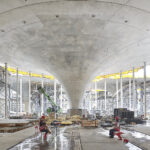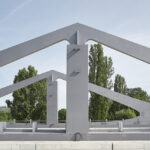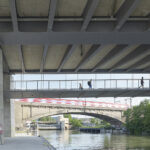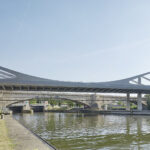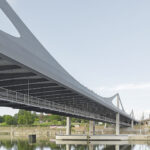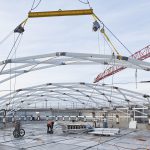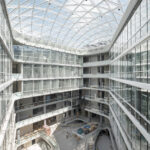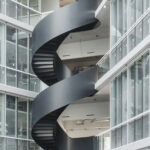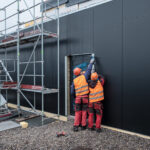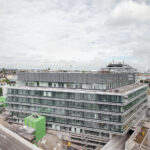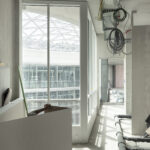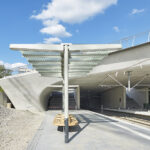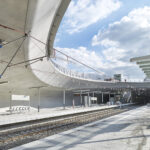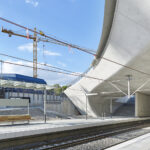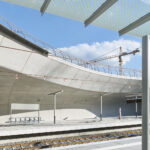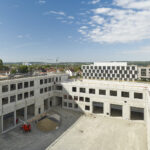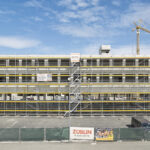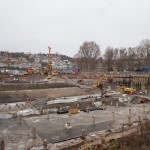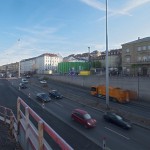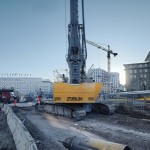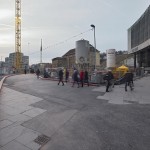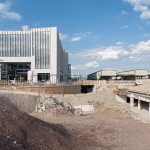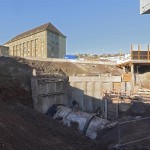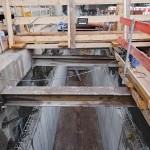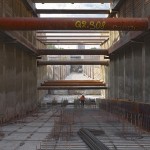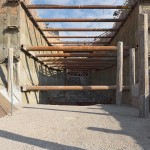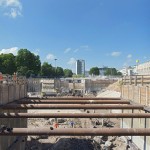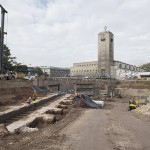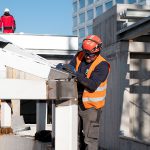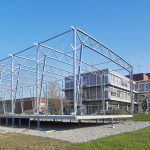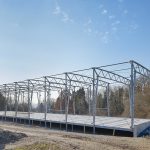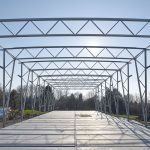A railway station project of the 21st century.
This weekend we celebrate “half-time” in Stuttgart. Now 14 of the 28 chalice-shaped concrete columns that form the roof of the new central station have been completed. The underground train hall will be illuminated by huge skylights, creating a bright, welcoming ambiance. Visitors will be able to walk on the
station’s roof, which will create a new urban space right next to the Schlossgarten park.
The new main railway station designed by ingenhoven architects forms the centerpiece of the Stuttgart 21 transport and urban design project. The new light-flooded underground through station is to replace the existing Stuttgart terminus station.
In 1997, the comprehensive concept by ingenhoven architects won first prize in the international architectural competition for the project. The state-of-the-art railway station, which is currently under construction, will provide Stuttgart with a better connection to the European rail network. In addition, by moving the new tracks underground, space is being created for a new city center. In this way, the new main railway station will become the interface between the old and new heart of the city and the departure point towards further urban development.







